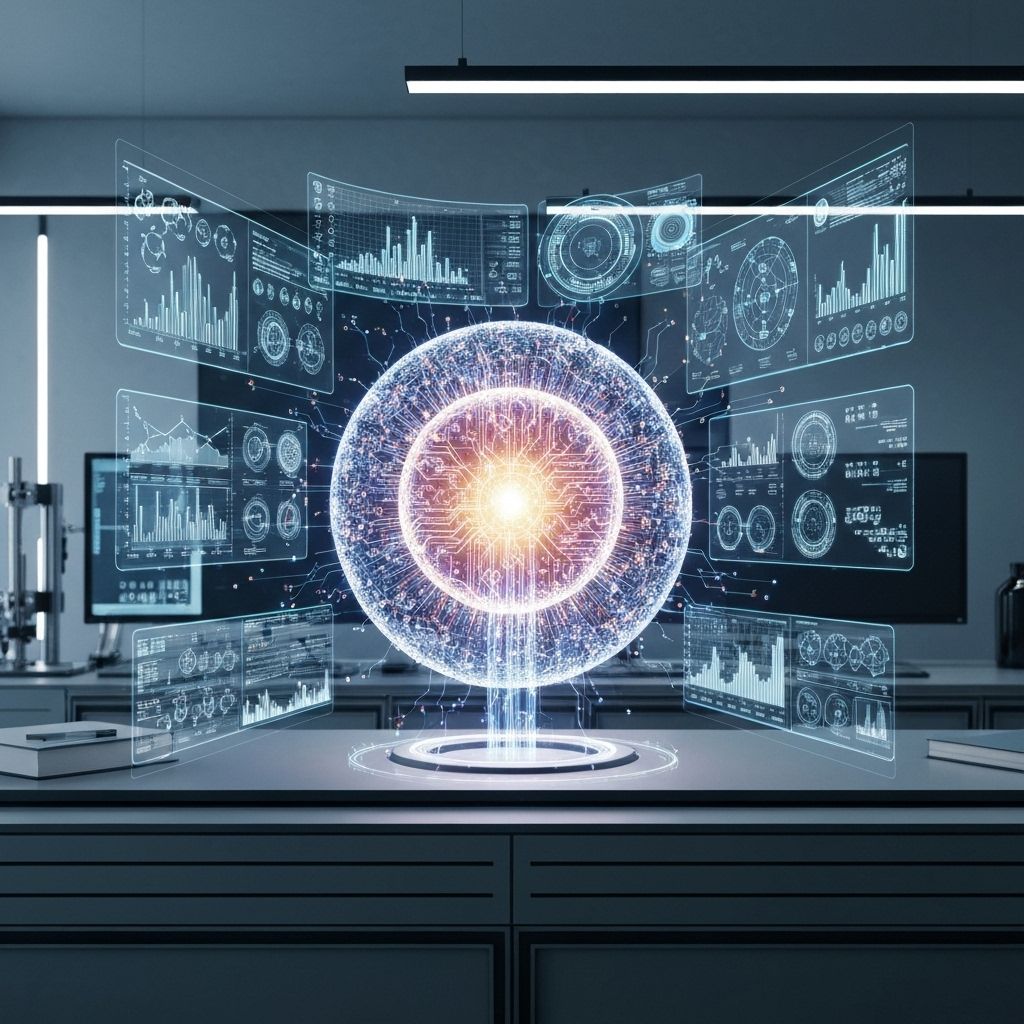Collaborative Robotics: The Rise of Human-Robot Teams in Manufacturing

The manufacturing industry is experiencing a paradigm shift with the introduction of collaborative robots, or "cobots." Unlike traditional industrial robots that operate in isolation, cobots are designed to work alongside humans, combining the precision and consistency of machines with human creativity and problem-solving abilities.
What Makes Collaborative Robots Different
Collaborative robots are fundamentally different from their traditional counterparts. They're equipped with advanced sensors, AI-powered vision systems, and sophisticated safety mechanisms that allow them to operate safely in shared workspaces with human workers.
These robots can detect human presence, adjust their speed and force accordingly, and even stop immediately if they encounter unexpected resistance. This level of safety and adaptability makes them ideal for a wide range of manufacturing applications.
Applications in Modern Manufacturing
Cobots are being deployed across various manufacturing sectors, from automotive assembly lines to electronics production. They excel at tasks that require precision and repeatability, such as:
- Quality inspection and testing
- Assembly of small components
- Material handling and packaging
- Welding and painting operations
- Machine tending and loading
Benefits of Human-Robot Collaboration
The collaboration between humans and robots creates a synergy that benefits both productivity and worker satisfaction. Robots handle repetitive, physically demanding tasks, while humans focus on complex decision-making, quality control, and creative problem-solving.
This partnership has led to significant improvements in manufacturing efficiency, with some companies reporting productivity increases of up to 35% after implementing collaborative robotics solutions.
The Future of Manufacturing
As AI and robotics technology continue to advance, we can expect cobots to become even more intelligent and versatile. Future developments will likely include enhanced learning capabilities, improved human-robot communication, and greater adaptability to changing production requirements.
At Arivara, we're developing next-generation collaborative robotics solutions that push the boundaries of what's possible in human-robot collaboration, creating safer, more efficient, and more satisfying work environments for manufacturing professionals.
Dr. Arjun Patel
Leading expert in robotics with over 15 years of experience in developing innovative solutions that transform industries. Passionate about leveraging technology to solve complex challenges and improve human lives through cutting-edge research and development.
Continue Your Research Journey
Explore more breakthrough research and discoveries in related fields


